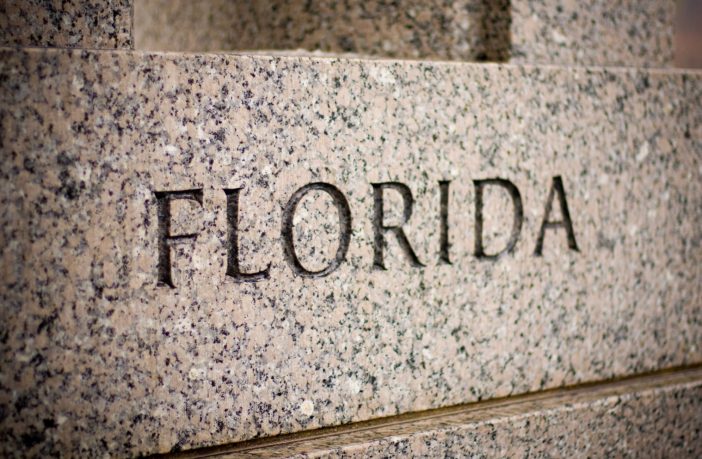Immigration and the environment are two critical public policy issues facing the nation. They are almost always seen as two completely separate matters, but the two are more deeply related than most people think. According to research conducted by the Federation for American Immigration Reform (FAIR), large-scale immigration fuels population growth, which has a profound effect on America’s cities, forests, wildlife, farmland, and natural resources.
The report, Florida Struggles to Accommodate Immigration-Fueled Population Growth as its Environmental Impacts Worsen, uses that state as a case study. Florida has experienced tremendous rapid population growth in recent years, reaching nearly 22 million residents in 2021. Not only has Florida become a top destination for Americans to relocate, it has the third largest population of illegal immigrants (and their U.S. born children), at 1.4 million. Only California and Texas have larger populations of illegal aliens. However, urban sprawl has created an unmitigated ecological disaster on the Sunshine State’s most famous wetlands – the Everglades – and even its biodiversity, including the native panther species.
FAIR points to five key reasons on how mass immigration is adding to the pressures on Florida’s environment: mass immigration fuels population growth, population growth exacerbates urban sprawl, urban sprawl threatens endangered species, and it further strains vital resources. As more and more people settle into Florida, particularly in the Miami-area, the urban development needed to accommodate this growth will further strain the state’s already-limited clean water supply and encroach deeper into the Everglades. While Florida has seen a huge influx of people from other states, it is also receiving large numbers of new residents who arrive from other countries. In fact, Miami has the largest immigrant population of any major U.S. city with a whopping 60% of residents being foreign-born. The result of this rapid population growth says, FAIR, is increased pollution and environmental disruptions to this part of the state’s fragile ecosystem.
Even more alarming is that urban sprawl in southern Florida has caused water from wetlands and farms south of Lake Okeechobee to be redirected toward cities to accommodate its growing population. One FAIR report cites that productive land use and agricultural land is also declining due to suburbanization. This reallocation of water has brought environmental degradation with it. In fact, FAIR has maintained that population growth, which is largely driven by immigration, has a negative impact on water quality.
Florida’s native panther species is also declining and at risk of extinction because of urbanization in its habitat. The National Wildlife Federation estimates that only 120-130 Florida panthers are left, which is nearly half the number of the viable population size the species needs to survive.
Immigration-driven population growth is no doubt an environmental issue. Unfortunately many environmentalist groups refuse to make the correlation between immigration and the environment despite clear evidence that it presents sustainability problems for biodiversity, ecology, and natural resources. Most notably, argues FAIR, immigration is the number one driver of population growth in the United States with 75-80% of it resulting from new immigrants and their children. Florida is a microcosm of the harmful impact of rapid population growth that can only be slowed by rational and sustainable levels of new immigration.




